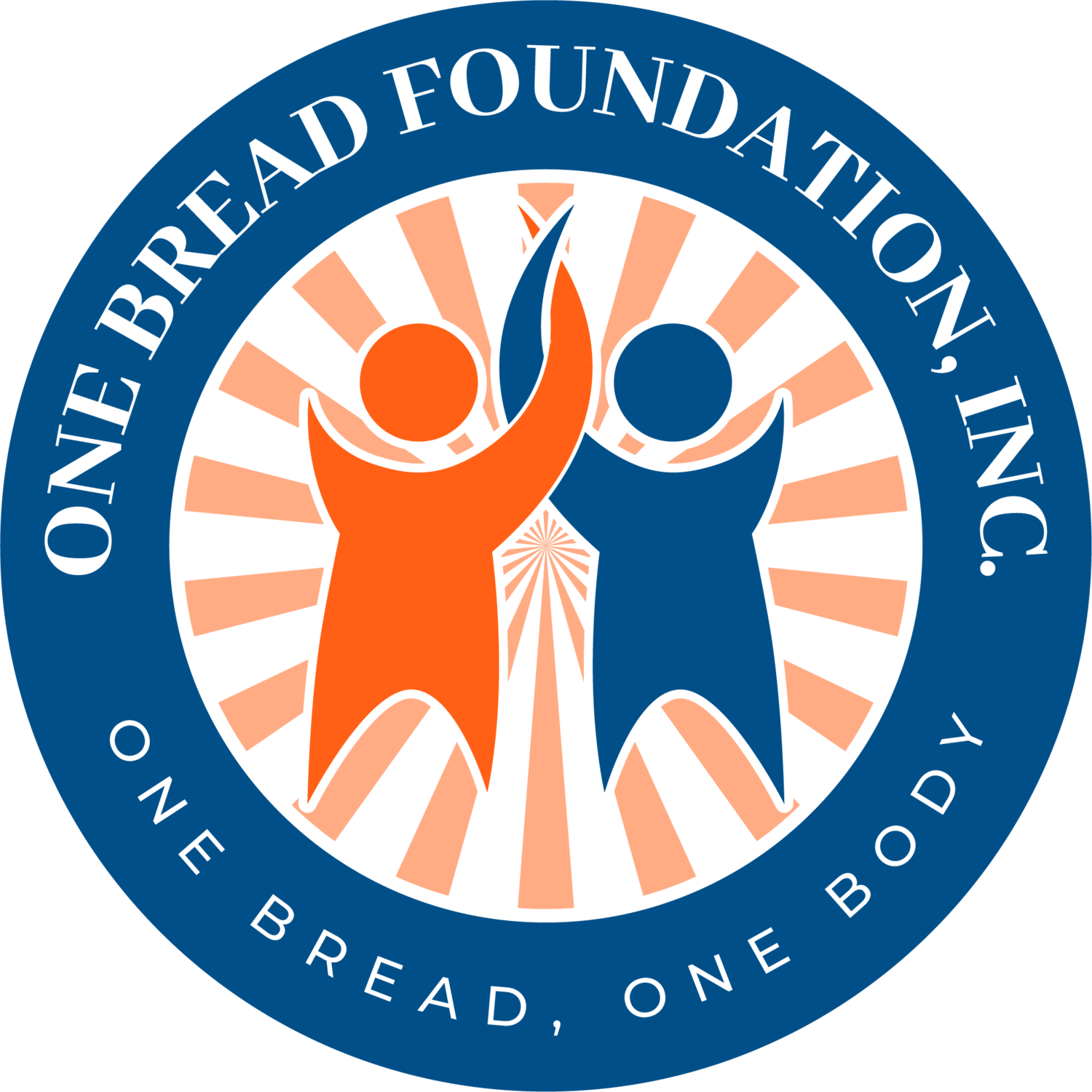By Constance Thum, Senior Contributing Writer
Forced marriages violate an individual’s rights to enter marriage with free and full consent, sexual and reproductive health, autonomy, and physical and mental health. It is an issue that affects both men and women, though the latter represents a disproportionate number of cases. As of 2021, there were an estimated 22 million individuals in a forced marriage, with women making up roughly two thirds of such marriages.
The number of forced marriages has increased over the years, especially during the COVID-19 pandemic. Other crises such as climate change, wars and conflict also contribute to a demand for human trafficking victims. Most forced marriages occur in Asia and the Pacific, followed by Africa, Europe and Central Asia. 40% of forced marriage victims are children, with many of them forced to marry before the age of 16. Among them, girls account for 87% of forced marriages.
Common causes of forced marriages include poverty, low status, and lack of education and employment opportunities, all of which make women especially vulnerable to exploitation and abuse. For women and girls of a disadvantaged background, their family members and friends may see them as a quick way to get cash. Parents and relatives make up an appalling 89% of perpetrators for forced marriages. Compounded by the young age, these girls may lack the experience to spot red flags when encountering predatory situations, or detect signs of manipulation from those they trust. Violence, isolation, restrictions on movement, and deception may be tactics used by family members and friends to coerce girls (and boys) into forced unions.
Prevention and rehabilitation should seek to address these issues. Empowering girls with knowledge and skills for employment would both reduce families’ incentive to force them into marriages and increase girls’ awareness towards human trafficking and sexual violence. Campaigns that raise awareness about the harms of forced marriage are also helpful in changing societal mindsets, and motivate members of the community to intervene when necessary. The engagement of multi-level stakeholders is necessary for synergistic action to combat forced marriages. They include law makers and enforcers, religious and traditional leaders, grassroots organisations and victims themselves.
Women and girls subject to forced marriages rarely seek help from authorities or speak to others out of fear of stigmatisation and revenge by their perpetrators. Furthermore, only a minority of cases reported result in convictions, due to corruption and social attitudes towards forced marriages. Reducing loopholes in laws towards marriage and sexual violence combined with training for law enforcement on how to provide assurance to victims of forced marriages and human trafficking is paramount as the first step of addressing the issue. Working with religious and traditional leaders to combat misogynistic attitudes like victim-shaming is another measure.
In terms of rehabilitation, counselling and support from grassroots organisations and Non-Governmental Organisations (NGOs) can go a long way for victims of forced marriages who are often shunned from society and need shelter or necessities to get by. For these victims, the trauma of their experience may not be completely made up by such efforts. However, it is all the more crucial that we address forced marriages and human trafficking. Only then can we face those who have been hurt by it.
References and further reading
UNODC: When Marriage is a Crime
UNODC: Preventing and eliminating child, early and forced marriage
Global Initiative Against Transnational Organized Crime: Cambodia’s Trafficked Brides
